



Ayrshire|1539
Robertland lies to the northeast of Stewarton in the district formerly known as Cunninghame, now part of East Ayrshire. It likely takes its name from a Robert who held the lands in ancient times.
In return for this act, when Malcolm became king the lands of Corsehill were granted to the family. They subsequently adopted the shake-fork on their Arms and the motto ‘Over-Fork-Over’. The family retained the lands throughout the following centuries, and in 1539 the Barony of Robertland was erected by King James V for David Cunninghame in return for his good service.
1858 OS map Ayrshire, Sheet XIII. Reproduced with the permission of the National Library of Scotland. (CC BY NLS)
Grassland, Fulshaw © 2021 JThomas (CC BY-SA 2.0)
It is believed that Robertland castle was burnt down as revenge for the murder of the Earl, although some say the fire was set first and the earl was killed in retaliation. Robert, master of Eglinton, took possession of Robertland while Cunninghame fled to Scandinavia. The Cunninghames were not long dispossessed, however. Upon the marriage of King James VI to Princess Anne of Denmark, she secured from her husband a pardon for Cunninghame who in time regained royal favour. He went on to work for the Crown as an architect, first as Master of Works in Scotland and then Surveyor of the Works in England. The family retained the support of the monarchy over the following centuries. Sir David Cunninghame was created a Baronet of Nova Scotia in 1630, while his son was later appointed a Commissioner of Supply. The Cunninghame family continued to hold Robertland into the eighteenth century.
The Swinzie Burn from the air © 2016 Thomas Nugent
(CC BY-SA 2.0)
Unknown, Malcolm III, King of Scots, 1034 - 1093 (Malcolm Canmore)|National Galleries of Scotland (CC-BY NC)
He was a friend of Robert Burns, who wrote after his death an Elegy on the death of Sir James Hunter Blair. Burns is also said to have visited Robertland, and it is thought that the poet’s uncle was for a time steward of the estate. Robertland was later sold to Alexander Kerr, a Glasgow merchant and one of the very wealthy Tobacco Lords who made their fortune in the Americas. The Robertland estate was inherited by Kerr’s son John James Kerr and has passed through several hands since. The mansion house of Robertland, built in the nineteenth century, is known for being set alight and badly damaged by suffragettes in 1914.
John Kay, Sir James Hunter Blair, 1741 - 1787. Banker and Lord Provost of Edinburgh|National Galleries of Scotland (CC-BY NC)




Ayrshire|1539
Robertland lies to the northeast of Stewarton in the district formerly known as Cunninghame, now part of East Ayrshire. It likely takes its name from a Robert who held the lands in ancient times.
In return for this act, when Malcolm became king the lands of Corsehill were granted to the family. They subsequently adopted the shake-fork on their Arms and the motto ‘Over-Fork-Over’. The family retained the lands throughout the following centuries, and in 1539 the Barony of Robertland was erected by King James V for David Cunninghame in return for his good service.
1858 OS map Ayrshire, Sheet XIII. Reproduced with the permission of the National Library of Scotland. (CC BY NLS)
Grassland, Fulshaw © 2021 JThomas (CC BY-SA 2.0)
It is believed that Robertland castle was burnt down as revenge for the murder of the Earl, although some say the fire was set first and the earl was killed in retaliation. Robert, master of Eglinton, took possession of Robertland while Cunninghame fled to Scandinavia. The Cunninghames were not long dispossessed, however. Upon the marriage of King James VI to Princess Anne of Denmark, she secured from her husband a pardon for Cunninghame who in time regained royal favour. He went on to work for the Crown as an architect, first as Master of Works in Scotland and then Surveyor of the Works in England. The family retained the support of the monarchy over the following centuries. Sir David Cunninghame was created a Baronet of Nova Scotia in 1630, while his son was later appointed a Commissioner of Supply. The Cunninghame family continued to hold Robertland into the eighteenth century.
The Swinzie Burn from the air © 2016 Thomas Nugent
(CC BY-SA 2.0)
Unknown, Malcolm III, King of Scots, 1034 - 1093 (Malcolm Canmore)|National Galleries of Scotland (CC-BY NC)
He was a friend of Robert Burns, who wrote after his death an Elegy on the death of Sir James Hunter Blair. Burns is also said to have visited Robertland, and it is thought that the poet’s uncle was for a time steward of the estate. Robertland was later sold to Alexander Kerr, a Glasgow merchant and one of the very wealthy Tobacco Lords who made their fortune in the Americas. The Robertland estate was inherited by Kerr’s son John James Kerr and has passed through several hands since. The mansion house of Robertland, built in the nineteenth century, is known for being set alight and badly damaged by suffragettes in 1914.
John Kay, Sir James Hunter Blair, 1741 - 1787. Banker and Lord Provost of Edinburgh|National Galleries of Scotland (CC-BY NC)






Contact
Forum for the Scottish Baronage, c/o Brodies LLP, Capital Square, 58 Morrison Street, Edinburgh EH3 8BP, Scotland UK
Copyright
Copyright 2022, Forum for The Scottish Baronage, as a collective work, all additional rights to content contributed and/or licensed contained herein are expressly reserved to such contributors and licensors as independently owned and protected copyrighted works.






